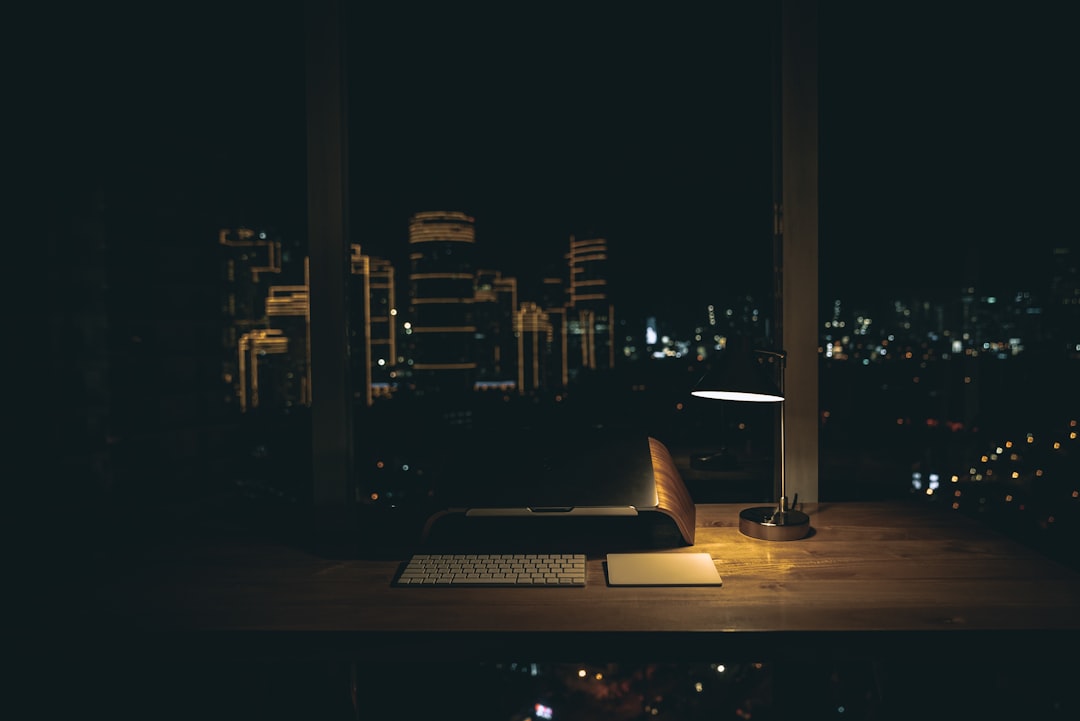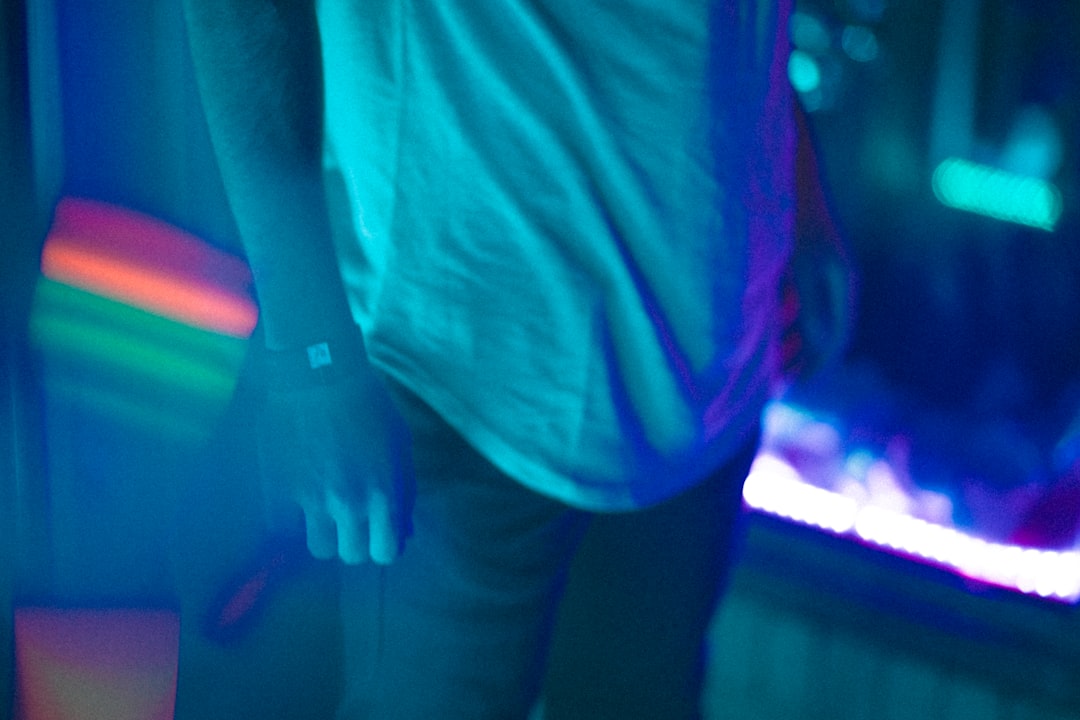Introduction
Light bulbs have become a staple in our daily lives, illuminating our homes, workplaces, and streets. It’s hard to imagine a world without these efficient devices to provide us with light at any time of day or night. In this article, we will take a closer look at the history of light bulbs, from their humble beginnings to the high-tech innovations of today.
The Invention of the First Light Bulb
The first light bulb was invented in 1879 by the famous inventor Thomas Edison. It was a revolutionary invention that changed the way we think about lighting. Edison’s light bulb used a carbon filament that was heated by an electric current, producing light without the need for a flame or combustion.
Early Light Bulb Designs
After Edison’s invention, many inventors and companies continued to experiment with new designs for light bulbs. One popular design was the incandescent bulb, which used a tungsten filament and a vacuum-sealed glass enclosure. This design dominated the market for many years but was eventually replaced by more energy-efficient alternatives.
The Emergence of Energy-Efficient Light Bulbs
As the world began to focus on sustainability, the need for more energy-efficient light bulbs became apparent. In the 1990s, compact fluorescent light bulbs (CFLs) were introduced, which used only a fraction of the energy used by traditional incandescent bulbs.
The Drawbacks of CFLs
While CFLs were a huge leap forward in energy efficiency, they had some significant drawbacks. First, they were more expensive than traditional bulbs, making them less accessible to consumers. Second, they contained small amounts of mercury, which made them difficult to recycle and potentially hazardous if not disposed of properly.
The Rise of LED Light Bulbs
In recent years, LED light bulbs have emerged as the go-to choice for energy efficiency and cost-effectiveness. LEDs use much less energy compared to traditional bulbs and are long-lasting, meaning they need to be replaced less frequently. They are also free of harmful chemicals like mercury, making them more eco-friendly.
The Benefits of LED Light Bulbs
One major benefit of LED light bulbs is their versatility. They come in many shapes and sizes, making them suitable for a wide variety of lighting needs. They are also durable and impact-resistant, making them perfect for outdoor or high-traffic areas. Finally, LED bulbs are compatible with smart home technology, allowing you to control your lights from your phone or voice assistant.
Conclusion
From the invention of the first light bulb to the high-tech alternatives of today, the journey of light bulbs has been remarkable. The transition from incandescent to CFL to LED bulbs has been a testament to our commitment to energy efficiency and sustainability. As technology continues to



